
Service design at Zaizi: How we’re sharing our skills with our clients
By bringing everyone on the journey, service design helps you step back from the problem and create tangible, lasting outcomes.
In an earlier blog post, I talked about what service design is and how you can use its principles in your work.
Our first service designer joined Zaizi in early 2020. Since then, we’ve continued to expand our team, grow our discipline and learn what works so our colleagues and clients can get the most value out of service design.
In this post I’m going to talk about the things we’ve done well, plus the challenges we’ve faced – and, of course, how we overcame them along the way.
Introducing service design to our clients
Since starting, Zaizi’s service designers have done a good job to widen the reach of the discipline across the organisation and to our clients. We’ve worked on shaping guidance content for the Department for Digital, Culture, Media and Sport (DCMS) and streamlining processes at Border Force, to name a couple.
Whenever we start with a new project, we often get asked the same questions:
- What are service designers actually doing?
- What does a service designer produce?
- What’s the difference between a service designer and other roles like product managers?
Over time, we’ve learnt the best way to answer these. What resonates most with our clients often isn’t the collateral or presentations on service design we’ve shared – although these certainly help. Instead, the best thing is often bringing everyone into the service design process. Including a wider team in ideation sessions, workshops and research synthesis can have a really powerful effect. It helps everyone get back to basics and really think about the user and the problems that you’re trying to solve. In service design, co-creation is key.
Telling the story of a service is another powerful way of answering common questions about service design. Often at the start of a project, you have to build trust. Stakeholders may not know why their service exists, or understand its real value. Giving them a compelling narrative or vision can help them step back and look at their service with fresh eyes. It’s a way of breaking down barriers and showing what service design can bring.
What has gone well?
One of the things that has worked really well for us is not treating discovery as just another tick box exercise. With the popularity of the GDS approach – discovery, alpha, beta, live – sometimes there’s a temptation to treat the discovery exercise as just a ‘thing to do’ before you start making things.
At Zaizi, when we take on a discovery, we challenge ourselves to really listen, engage and let everyone have their say. It’s important not to get pigeonholed by existing views about the service. Instead we start by listening to our users – be it people from the business, or the wider public. We conduct extensive user research – in the field, where necessary – and really use this to drive our recommendations. We also make sure the focus doesn’t become too narrow. Done right, discovery can build a picture of the wider service. It’s an approach that ultimately provides more value for our clients than just focusing on one thing.
In service design, co-creation is key
There’s a phrase we often use at Zaizi – ‘outcomes over output’. It’s worth keeping in mind, because there’s a common trap that many projects fall into. In a discovery phase, there’s a natural tendency to ‘solutionise’, which can quickly turn into a big backlog of features and deliverables. It’s all too easy to lose touch with the problem or outcome that the research was trying to solve.
Keeping focused on outcomes can keep you user-focused. It means always talking with clients about problems and outcomes, and keeping track of projects with user needs, user stories, feature backlogs and technical documentation. It’s useful for a lot of reasons, but it can really help you justify your decisions to stakeholders at the end of a project.
What has been challenging?
As a project kicks off, client stakeholders can often be eager to start cramming in user interviews as fast as possible. It’s understandable, but rushing into research without the right hypothesis, screening or recruitment can severely reduce the value of your findings.
In fact, we’ve found thinking about who you need to recruit and how best to reach them can take time – sometimes more than project timelines have allocated. We’re used to working at pace. But having a user research recruitment strategy way up front can help the process and make sure you don’t miss out on speaking with the most valuable users.
What have we learnt?
COVID-19 has taught us that you really don’t need to do service design face to face. With collaboration tools like Miro and Mural, as well as collaborative design tools like Figma and Sketch, if you’re willing then you can still do service design virtually to a high standard.
But it’s easy for remote teams to work in silos and get bogged down in the details. We’ve found regular meetings between design teams helps people stay excited and engaged with the work of others on the project. It’s not your usual stand-up either – we try and encourage people to show what they’re doing, gather regular feedback and work out in the open. This can help avoid some of the pitfalls of remote working.
-

How Zaizi’s user-centred approach won the trust of border officers
Published on: 17 December, 2024 -
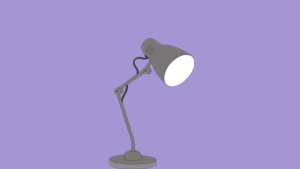
Does the state need to be more like a start up?
Published on: 12 December, 2024 -
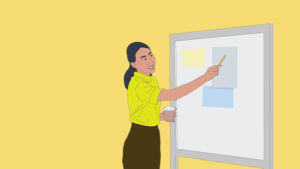
Transformation Day – How do you fit a square peg in a round hole?
Published on: 29 October, 2024 -
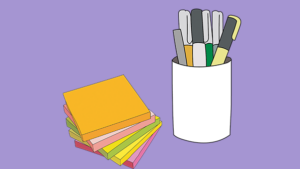
Service assessments: A welcome update – for government, and for suppliers
Published on: 7 August, 2024 -
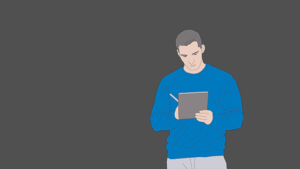
Uninterrupted access: The importance of offline capabilities to critical public sector services
Published on: 15 May, 2024 -
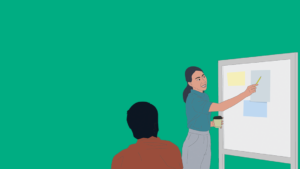
Agile government: Delivering high quality outcomes with tiny teams
Published on: 1 May, 2024
